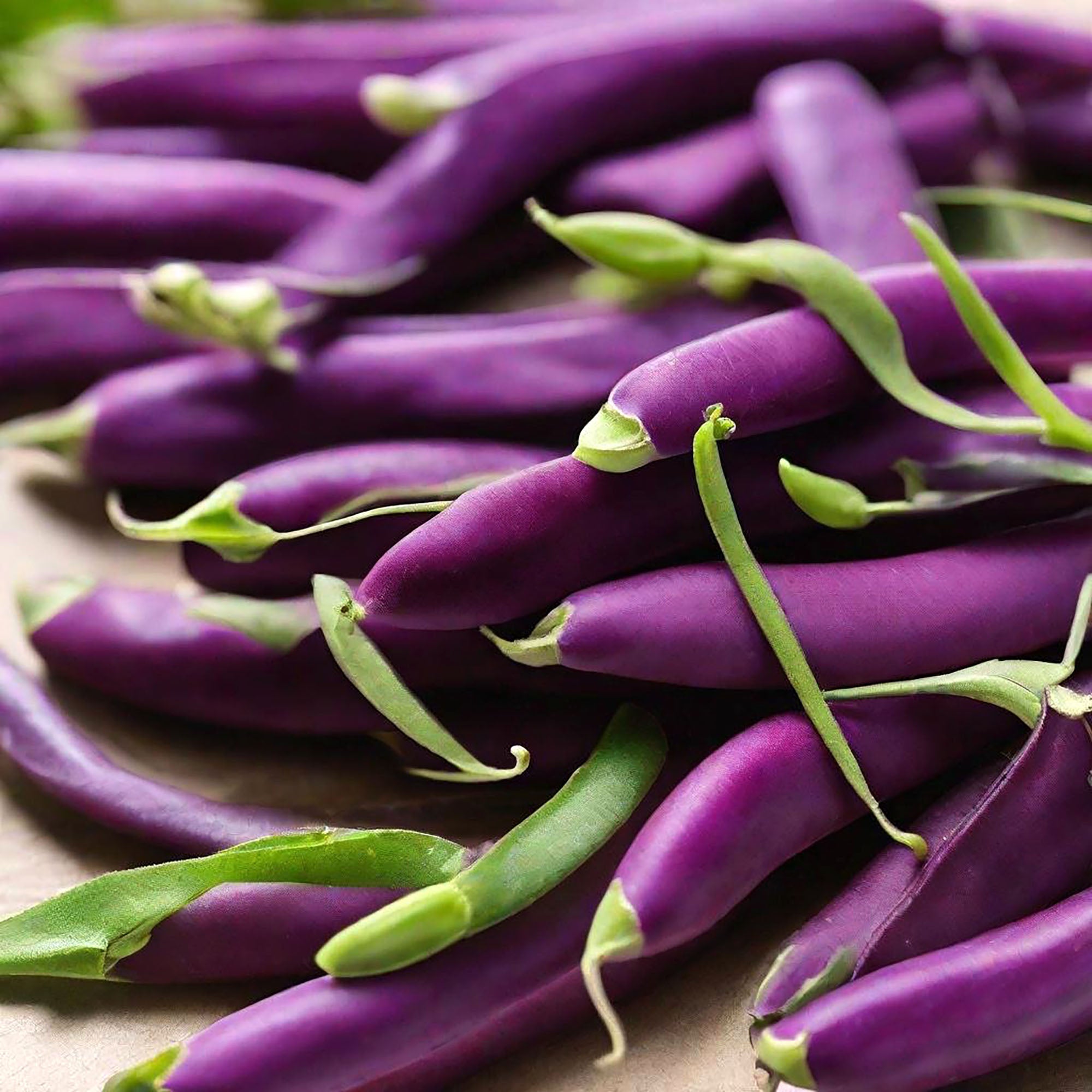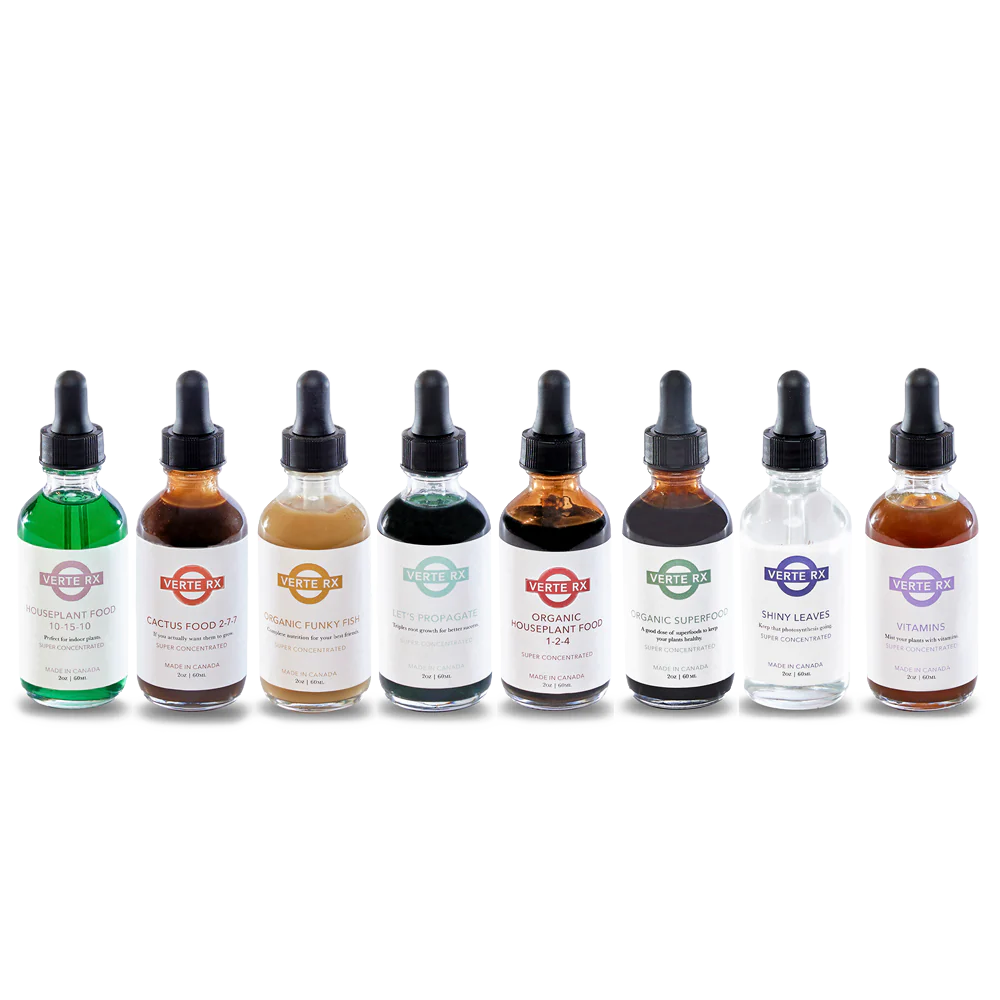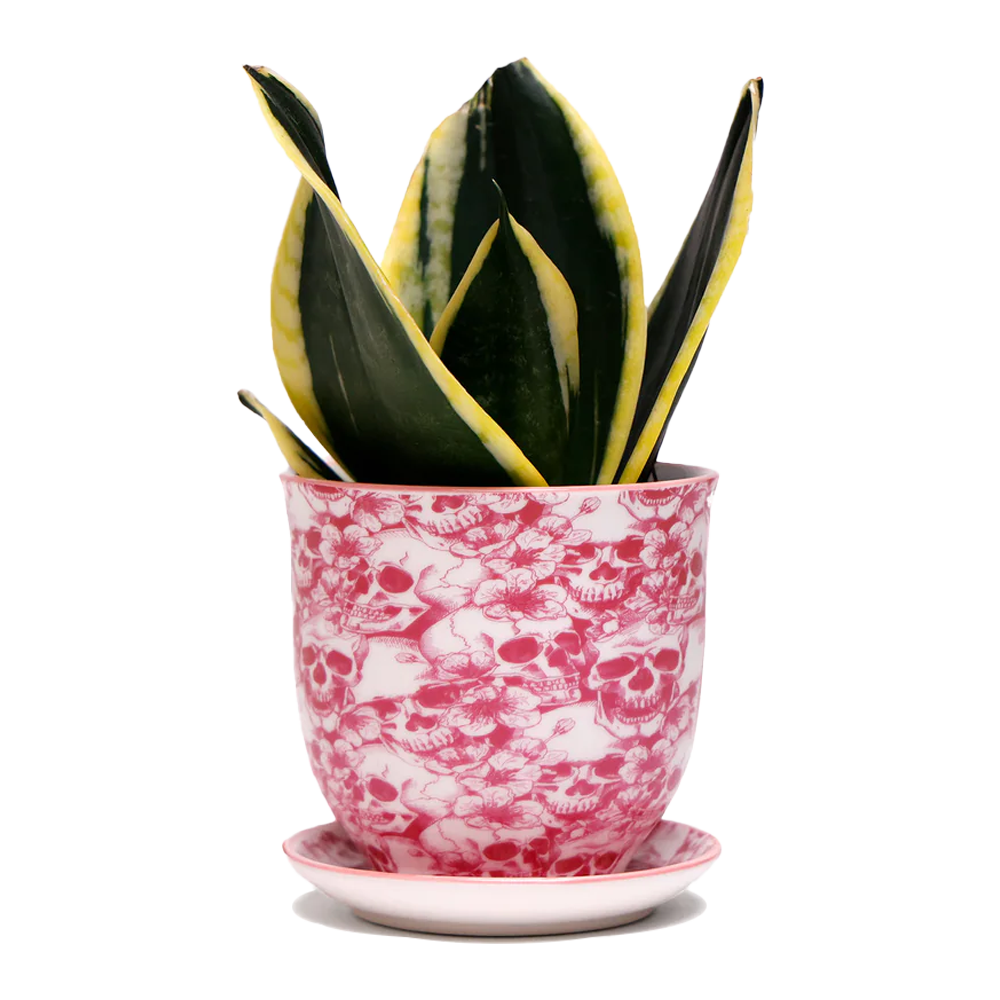Purple Peas Vegetable Seeds Packet
$4.95
Unit price
/
Unavailable
Couldn't load pickup availability
Purple peas (Pisum sativum) are a vibrant and unique variety of garden peas that bring a splash of color to any vegetable garden. Known for their striking purple pods and lush green vines, these peas not only add visual appeal but also offer a delicious, slightly sweet flavor. Purple peas are often grown as a fresh garden snack, used in salads, or cooked in a variety of dishes. Like traditional green peas, they are packed with nutrients, including vitamins A, C, and K, as well as fiber and protein. Purple peas are an excellent addition to any garden, offering stunning visual appeal, delicious flavor, and nutritional benefits.
Growing purple peas from seed is a straightforward process, and these legumes are ideal for both beginner and experienced gardeners.
We stand by the quality of our flower seed packets! With high germination rates and vibrant blooms, your garden is sure to flourish. If you're not completely satisfied, we’ll replace or refund—guaranteed!
Purple Peas Vegetable Seeds Packet
Why Shido Seeds Are the Best
Our flower and vegetable seeds are beautifully packaged little packets of magic. Guaranteed to turn your garden into the envy of the neighborhood. Get your hands dirty and let nature simply do its thing.
How to grow Purple Peas from Seed
When to Plant
Preparing the Planting Site
Sowing Seeds
Harvest
Pro Tip









































